4 Patterns Nonprofit CEOs and Board Chairs Can Look For to Determine if They Have a Board Engagement Problem Worth Worrying About
If your organization's board/staff dynamic is anywhere on the mediocre to difficult to dysfunctional continuum, it's par for the course. Anecdotally, 80 to 85 percent of nonprofit leaders have a challenging relationship with their boards.  Is your board in the weeds?Sometimes board members are too in-the-weeds. Other times a higher percentage than desired are absentee board members. And, in the worst-case scenario, there can be tremendous friction.
Is your board in the weeds?Sometimes board members are too in-the-weeds. Other times a higher percentage than desired are absentee board members. And, in the worst-case scenario, there can be tremendous friction.
You regularly evaluate and take action to improve your staff dynamics.
But when was the last time you and your board chair conducted an honest assessment of your board and committed with the board to a set of goals to make improvements?
What is the impact of that oversight? And what does it cost your organization?
You can evaluate your organization using my Board-Leadership Barometer and identify where you think your board-staff leadership dynamic is.
The ideal position is Quadrant 2, top right, where you are Powerful Partners in Purpose. The board and CEO or Executive Director share a powerful vision for the organization and a strategic agenda for how the organization will achieve that vision. It's not necessarily all rainbows and puppy dogs—expect healthy conflict where everyone can share their perspectives and ultimately make informed decisions.
Powerful Partners in Purpose is what you want to achieve.
In Quadrants One and Three, you face opposite power dynamics. In Quadrant One, a larger-than-life board chair or board personality dominates or sometimes intimidates the CEO, who becomes an order taker, a Subordinate.
In Quadrant Three, that power dynamic turns to Power Struggle when the board's leadership style is more passive, and the CEO has a more assertive leadership style. That board passivity can turn to confusion or flat-out passive aggression, and dramatic progress seems to halt.
In Quadrant Four, lower left, when neither the board nor the staff leadership is bold and purposeful, the organization can appear Rudderless. Everyone tolerates the status quo, and the organization functions but does not grow or achieve greatness.
What does this dynamic cost your organization?
If your organization's board dynamic is in Quadrant 1, 3, or 4, and you do nothing about it, what is the impact on your organization? And on your job satisfaction?
What I've noticed is:
- Stunted organizational growth
- Rifts between the staff and the board
- Poor communications
- Dysfunction
- Along with a great deal of personal frustration, resentment, lost productivity, and even allegations of racism.
If you think of these effects as something other than costs with real impacts on you and your organization, I encourage you to open yourself up to new ways of thinking about this.
For example, allow yourself the space to have a greater awareness of how you're feeling and thinking when you interact with your board members and chair. What happens when the dialogue is fraught, or board members don't show up or fail to honor their commitments?
There may be more happening than you realize. And you'll only take action and make a change when the situation is no longer tolerable, or you have a new vision for this dynamic.
 "'you got to look at the big picture'" by aloshbennett is licensed under CC BY 2.0
"'you got to look at the big picture'" by aloshbennett is licensed under CC BY 2.0
And that's where everything shifts.
When organizations get to Quadrant 2, and board members embrace their roles, working collaboratively with the CEO or ED, the energy shifts. More people are attracted to the organization, and it accomplishes new achievements. I've seen it time and again with client organizations.
In 2023, what vision will you create for your board-staff dynamic? What goals will you set to achieve that vision?


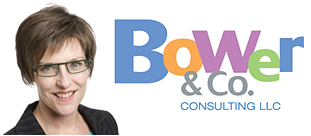

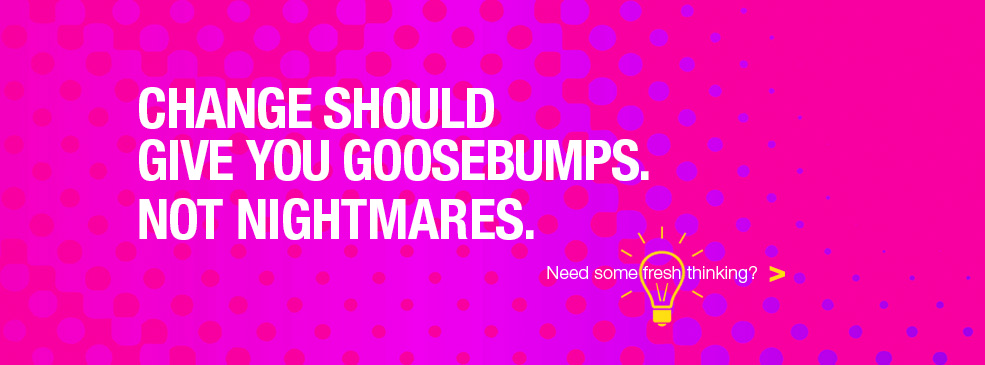


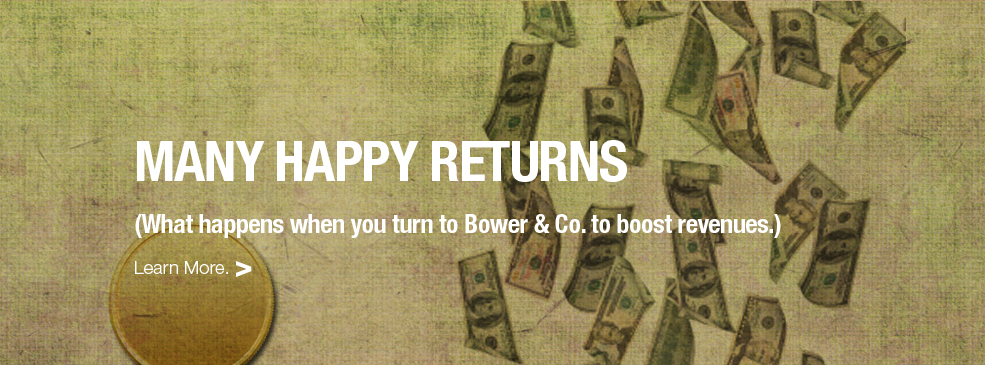

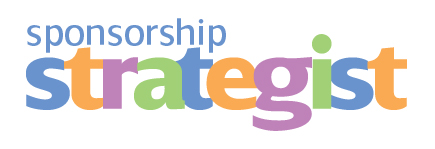
 December 6, 2022
December 6, 2022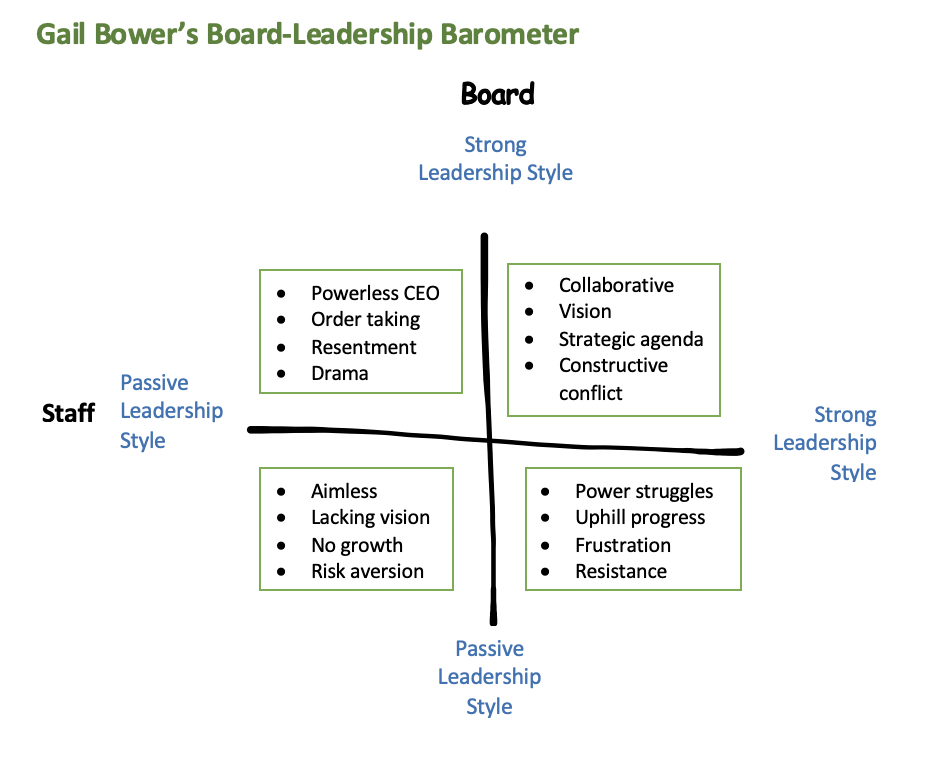
Reader Comments